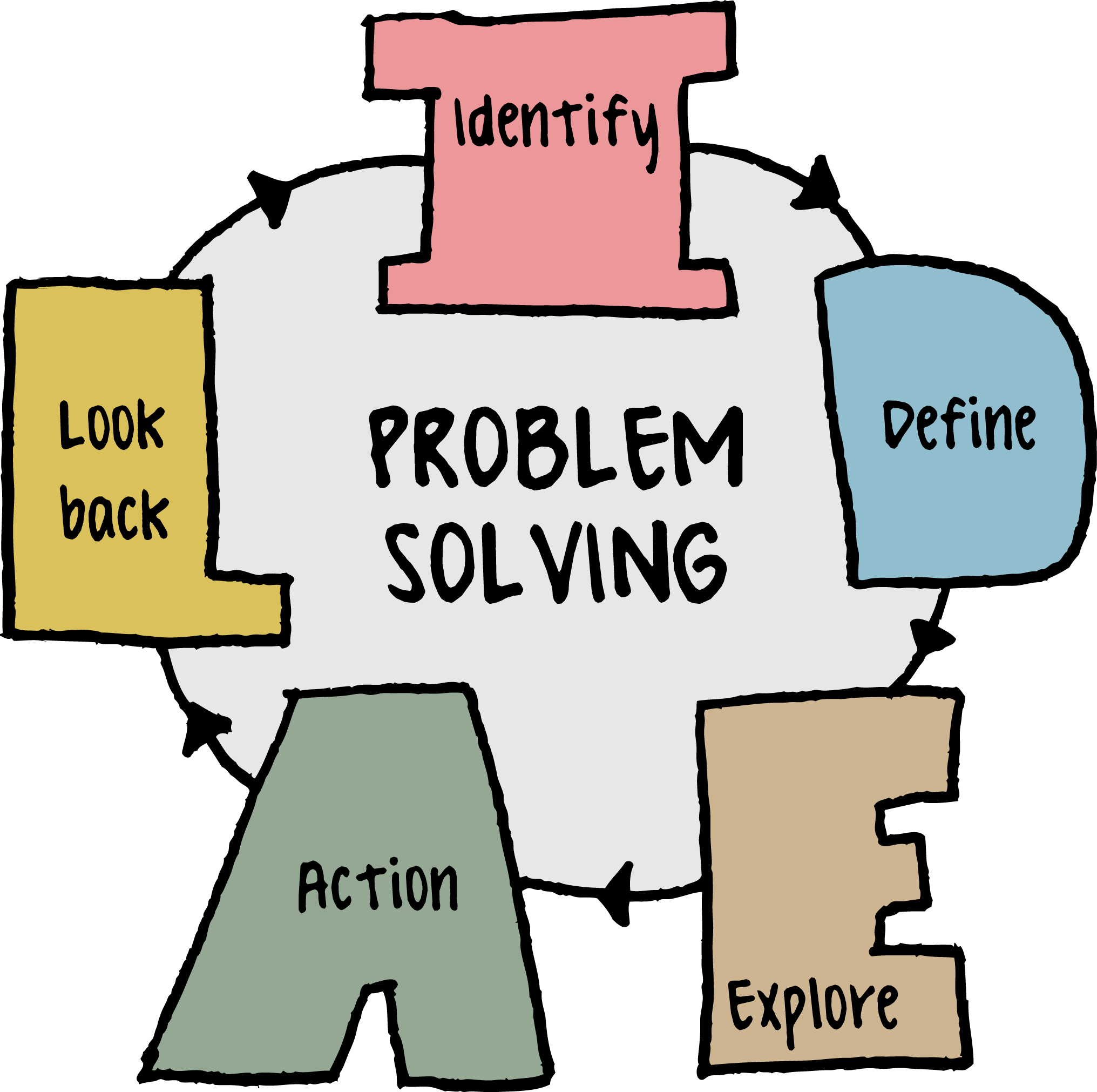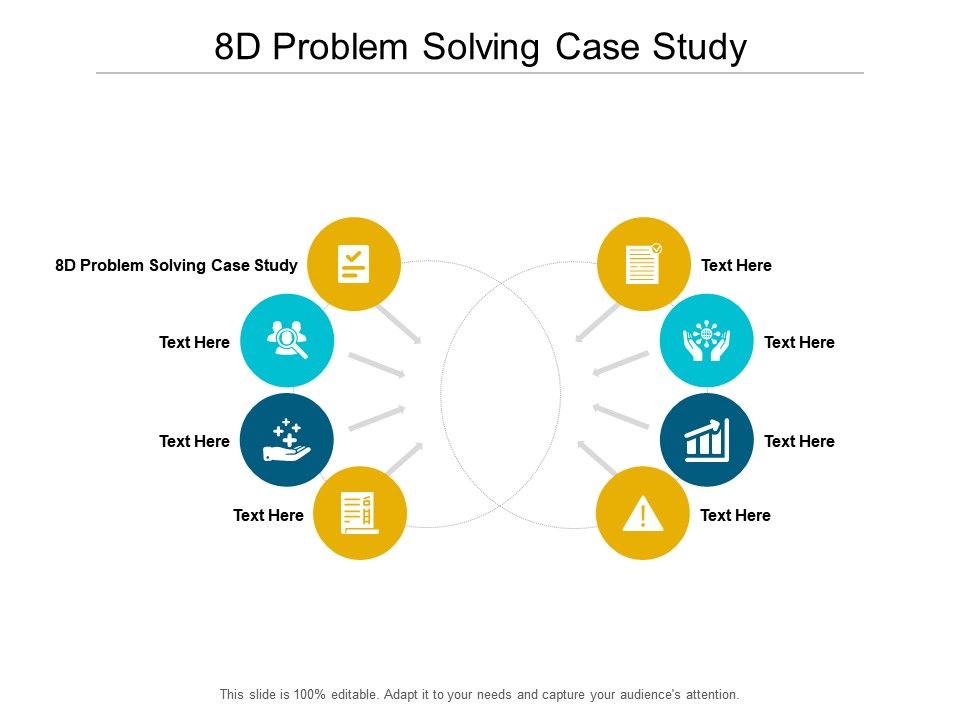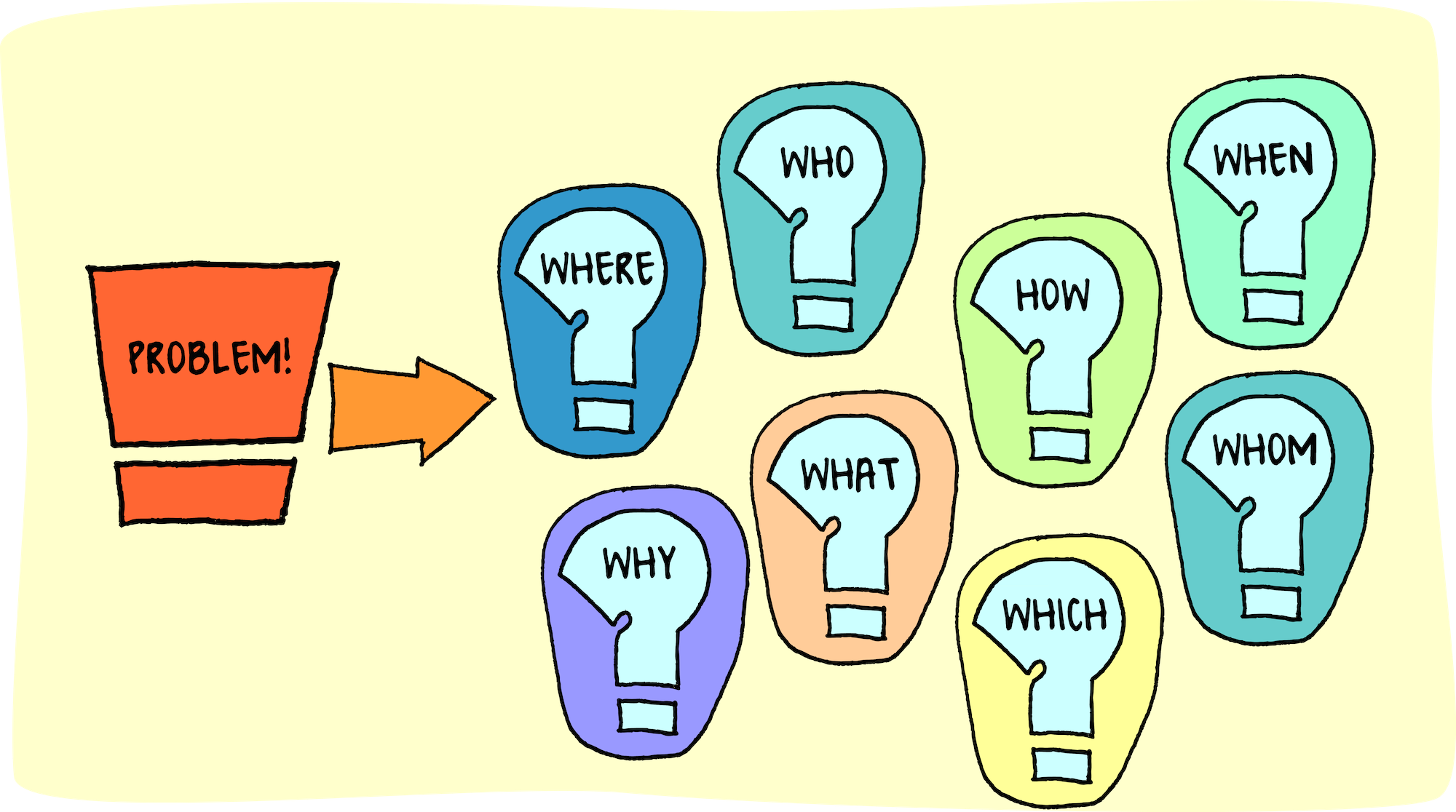Navigating Challenges: Case Studies in Effective Problem Solving dives headfirst into the messy, real-world process of tackling tough situations. We’ll explore proven problem-solving methods, from the structured approach of Six Sigma to the more intuitive process of figuring things out on the fly. Get ready for some seriously relatable case studies – from business blunders to personal hurdles – that show how to turn setbacks into stepping stones.
We’ll unpack the strategies that worked (and those that didn’t!), highlighting the importance of teamwork and clear communication in finding solutions.
This isn’t your grandma’s problem-solving guide. We’re going beyond textbook theory to examine real-life scenarios across different fields. We’ll analyze the common threads linking successful problem-solving approaches and build a practical framework you can use to tackle your own challenges, whether they’re in your career, personal life, or even a particularly stubborn software bug.
Introduction

Effective problem-solving is crucial for navigating the complexities of modern life, whether in personal endeavors or professional settings. It’s not simply about finding a solution; it’s about finding theright* solution efficiently and effectively. This involves a systematic approach that considers various factors and ultimately leads to a sustainable resolution. A structured approach allows for better decision-making, minimizes wasted resources, and promotes learning from experiences.Effective problem-solving approaches share several key characteristics.
They are typically iterative, involving cycles of defining the problem, generating solutions, implementing them, and evaluating the results. They also require critical thinking skills, the ability to analyze information objectively, and creativity in developing innovative solutions. Furthermore, effective problem-solving embraces collaboration, seeking diverse perspectives and expertise to enhance the solution’s effectiveness. Finally, a willingness to adapt and adjust the approach as new information emerges is essential for successful problem-solving.
Problem-Solving Methodologies, Navigating Challenges: Case Studies in Effective Problem Solving
Various methodologies exist to guide the problem-solving process. These structured approaches provide a framework for systematically addressing challenges and ensuring thoroughness. Understanding these methodologies empowers individuals and teams to tackle problems more effectively.
- Root Cause Analysis (RCA): RCA focuses on identifying the underlying cause of a problem, rather than just addressing its symptoms. Techniques like the “5 Whys” method involve repeatedly asking “why” to drill down to the root of the issue. For example, if a production line is experiencing frequent breakdowns, RCA might uncover a lack of proper maintenance as the root cause, rather than simply replacing broken parts repeatedly.
- Six Sigma: This data-driven methodology aims to minimize defects and variability in processes. It uses statistical tools to identify and eliminate sources of error, leading to improved quality and efficiency. A company using Six Sigma might analyze customer complaints to identify patterns and implement process improvements to reduce the number of defective products.
Importance of a Structured Approach
Adopting a structured approach is vital for effective problem-solving. A structured approach provides a clear roadmap, ensuring that all aspects of the problem are considered. This systematic process reduces the likelihood of overlooking crucial information or jumping to premature conclusions. By following a defined process, teams can collaborate more effectively, share information efficiently, and track progress systematically.
This results in higher-quality solutions and improved outcomes. For instance, a project team using a structured approach like the Project Management Institute’s (PMI) methodology is more likely to deliver a successful project on time and within budget compared to a team without a defined process. The structured approach ensures accountability, facilitates clear communication, and provides a framework for managing risks and uncertainties.
Case Study 1: Business Challenges

This case study examines the challenges faced by a mid-sized coffee roaster, “Brewtiful Beans,” experiencing a significant decline in sales during the latter half of 2022. The company, known for its ethically sourced, high-quality coffee, had enjoyed steady growth for several years before encountering this unexpected downturn. We’ll explore the investigative process undertaken to pinpoint the root cause and the strategic actions implemented to reverse the negative trend.
Identifying the Root Cause of Declining Sales
Brewtiful Beans initially attributed the sales decline to general economic uncertainty. However, a more in-depth investigation revealed a more nuanced picture. The company employed a multi-pronged approach, including analyzing sales data, conducting customer surveys, and reviewing competitor activities. Sales data revealed a disproportionate drop in online sales, suggesting a potential problem with their e-commerce platform or marketing strategy. Customer surveys highlighted dissatisfaction with the company’s website user experience and a lack of engaging online content.
Competitive analysis revealed that several smaller, direct-to-consumer roasters were gaining market share by offering subscription services and personalized recommendations.
Strategies Implemented to Overcome the Challenge
Based on the findings, Brewtiful Beans implemented several strategic changes. They redesigned their website to improve user experience, focusing on streamlined navigation and mobile responsiveness. They launched a targeted social media campaign to increase brand awareness and engagement, incorporating high-quality visuals and user-generated content. Finally, they introduced a coffee subscription service offering various customization options and personalized recommendations.
Results of Implemented Strategies
The implemented strategies yielded positive results. The website redesign led to a significant increase in online sales conversion rates. The social media campaign generated substantial engagement and broadened the customer base. The subscription service quickly gained traction, providing a recurring revenue stream and fostering customer loyalty. These combined efforts reversed the decline in sales and positioned Brewtiful Beans for future growth.
| Step | Action | Result | Timeline |
|---|---|---|---|
| Analyze Sales Data | Reviewed sales figures across all channels (online, retail, wholesale) to identify trends and patterns. | Identified disproportionate drop in online sales. | October 2022 |
| Conduct Customer Surveys | Distributed online surveys to gather feedback on customer experience and satisfaction. | Revealed dissatisfaction with website usability and lack of engaging online content. | November 2022 |
| Competitive Analysis | Researched competitor strategies and market trends to identify potential threats and opportunities. | Identified emerging trend of subscription services and personalized recommendations. | December 2022 |
| Website Redesign | Improved website navigation, mobile responsiveness, and overall user experience. | Increased online sales conversion rates by 30%. | January – March 2023 |
| Social Media Campaign | Launched targeted social media campaign focusing on high-quality visuals and user-generated content. | Increased brand awareness and engagement, resulting in a 20% increase in new customers. | February – April 2023 |
| Launch Subscription Service | Introduced a customizable coffee subscription service with personalized recommendations. | Generated a 15% increase in recurring revenue within six months. | April 2023 – Ongoing |
Case Study 2

This case study examines the challenges faced by a mid-sized e-commerce company, “ShopSmart,” during a crucial period of growth. Their existing order processing system, a legacy application built in-house, experienced a significant performance bottleneck leading to widespread service disruptions. This impacted customer experience and ultimately threatened sales.ShopSmart’s technological hurdle manifested as a cascading series of errors within their order processing system.
The system, originally designed for a much smaller volume of transactions, became overloaded during a peak shopping season, resulting in slow loading times, order processing delays, and ultimately, complete system crashes. This impacted customer trust and the company’s reputation. The root cause analysis revealed several contributing factors, including insufficient server capacity, inefficient database queries, and a lack of robust error handling mechanisms within the legacy codebase.
Troubleshooting and Resolution Methods
The ShopSmart team implemented a multi-pronged approach to resolve the issue. First, they immediately scaled up their server infrastructure, adding more processing power and memory to handle the increased traffic load. Simultaneously, they initiated a thorough code review and optimization process. This involved identifying and refactoring inefficient database queries to improve performance. They also implemented more robust error handling and logging mechanisms to better track and diagnose future problems.
Finally, they established a more rigorous testing procedure for future system updates and deployments. This included load testing to simulate peak traffic conditions and identify potential bottlenecks before they impacted live operations. These combined efforts restored service quickly and prevented further system crashes.
Lessons Learned and Best Practices
The ShopSmart experience highlighted several crucial lessons and best practices for preventing similar technological challenges:
- Proactive Capacity Planning: Regularly assess system capacity and plan for future growth. This includes anticipating peak usage periods and ensuring sufficient resources are available to handle increased load.
- Regular Code Reviews and Optimization: Establish a process for ongoing code reviews and optimization to identify and address performance bottlenecks before they become critical issues. This should be a continuous process, not just a reaction to problems.
- Robust Error Handling and Logging: Implement comprehensive error handling and logging mechanisms to facilitate efficient troubleshooting and rapid resolution of future problems. Detailed logs are essential for root cause analysis.
- Comprehensive Testing Procedures: Develop and rigorously adhere to comprehensive testing procedures, including load testing and performance testing, before deploying any system updates or changes. This proactive approach can prevent many issues from reaching production.
- Invest in Modernization: Regularly evaluate the technology stack for obsolescence and consider migrating to more modern, scalable solutions. Legacy systems can present significant challenges as they grow and change.
So, you’ve journeyed through business crises, technological snafus, and personal growth struggles – all in the name of mastering effective problem-solving. The key takeaway? There’s no one-size-fits-all answer, but a flexible, adaptable approach that emphasizes clear communication, collaboration, and a willingness to learn from both successes and failures is key. By applying the frameworks and strategies discussed, you’ll be better equipped to not only navigate challenges but to emerge stronger and more resilient on the other side.
Now go forth and conquer!
User Queries: Navigating Challenges: Case Studies In Effective Problem Solving
What if my problem doesn’t fit neatly into one of the case study categories?
Don’t sweat it! The core principles of effective problem-solving remain the same, regardless of the context. Adapt the framework to your specific situation.
How long does it usually take to solve a complex problem using these methods?
There’s no magic timeframe. It depends on the complexity of the issue, the resources available, and the effectiveness of your team’s collaboration.
What if my team isn’t on board with these methods?
Start by clearly explaining the benefits and demonstrating the effectiveness of these techniques through a small-scale project. Lead by example!
